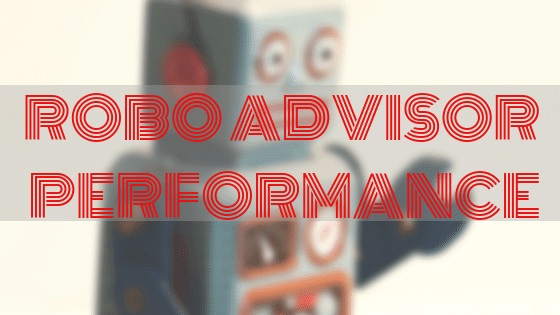Here Are The 20 Best Income Portfolios Built with ETFs for 2023
If you're looking for income then you should look at this list of the 20 best income portfolios.
In this article, you learn about the portfolios of robo advisors. You also learn about the performance of the portfolios. You will find asset allocation and Performance for all the robo advisor portfolios that portfolioeinstein track.
A robo advisor is a portfolio that is controlled by a preset algorithm. That sounds more confusing than it is.
Said in another way: A robo advisor investment portfolio has an asset allocation that is being monitored by a computer. The computer rebalances the portfolios automatically when the asset allocation changes from the planned asset allocation.
The asset allocation that the computer reacts to has been put in place by a team of human professionals.
They have told the computer: “make sure that you always maintain a 60% stock allocation and a 40% bond allocation”. The computer beeps and acknowledges. It is not different than if you told a human investment advisor to do the same.
The big difference is cost.
The robo advisors have been dated to around 2008 with the launch of Betterment. Since then, many more have surfaced. Also, the services of the robo advisors have to offer has also expanded. Now they include:
Robo advisors charge a fee for doing all of this. You can do all of the above yourself, however, thereby decreasing your expenses and increasing your returns. At portfolioeinstein.com, you can see exactly what is under the hood of the robo advisor’s portfolios. You can see how well they have done and benchmark them against other portfolios. Portfolioeinstein.com is tracking four robo advisor performance investment portfolios: Betterment and WealthFront,WiseBanyan and WealthSimple
We track the robo advisor performance of the following robo advisors:
Robo advisor Betterment 60
Betterment is probably the most well-known fintech company. It started the robo advisor phenomenon. They have 13 Billion assets under management as per 2017. Their portfolios are well diversified and are some of the few that have emerging market bonds as an asset class. If you want to gain a greater insight into the robo advisory phenomenon, I recommend picking up FinTech Innovation: From Robo-Advisors to Goal-Based Investing and Gamification.
Robo advisor Wealthfront 60
The robo advisory firm came late to the robo advisory party but have enjoyed an immense amount of success. One of the giants of the investment world, Burton Malkiel, author of A Random Walk Down Wall Street: The Time-Tested Strategy for Successful Investing, is the Chief Investment Officer at Wealthfront. Charles Ellis, another investing giant, and author of Winning the Loser’s Game, Timeless Strategies for Successful Investing,is on the advisory board. If you want to gain a greater insight into the robo advisory phenomenon I recommend picking up FinTech Innovation: From Robo-Advisors to Goal-Based Investing and Gamification. Asset allocation for all other robo advisor portfolios is here.
Robo Advisor WiseBanyan 70% stocks
WiseBanyan is a relative newcomer to the robo advisor space. Established in 2013. They are the only (so far), fee-based robo advisor. This means you don’t pay anything to have your money managed. That’s pretty amazing. Their portfolios are simple and easy to understand without any special asset classes in contrast to Betterment and Wealthfront. Wealthfront, for example, uses emerging market bonds.
Robo Advisor WealthSimple Portfolio Balanced
WealthSimple is a UK based robo advisor with £1.5 Billion under management. Their portfolio is heavily overweighted towards UK equities and UK gilts (bonds). I have no data on UK gilt (government nor corporate), so the portfolio on site is what I call a “US Edition.” I swapped the asset allocation around so all UK stocks and bonds now are US stocks and bonds. Then I swapped WealthSimple’s allocation to US stocks to European stocks. It’s not perfect and will be remedied in the future when I get return data for UK gilts – I already have for UK stocks.
